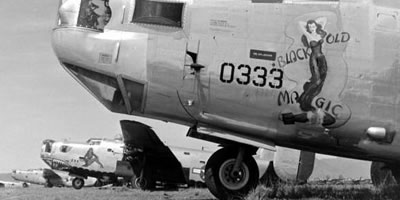- Thread starter
- #81
Admiral Beez
Major
I wonder what they did with the Skuas and Rocs. Some might have had low air frame and engine hours. Just chop them up for scrap? My mind wants to send them to the Far East and Australasia, perhaps transferred to land based RAN/RAAF maritime strike. Were they so clapped out as to be useless?The Fulmar reached its first front line squadron, 806, in June 1940 when it replaced the Blackburn Rocs used by part of the squadron. After a short spell on Illustrious in the Caribbean working up, it returned to Britain and replaced its remaining Skuas with Fulmars before rejoining Illustrious to head to the Med.
I suppose my question is how WW2 aircraft were recycled from scrap heap to reused aluminum, copper, steel, etc?
Last edited:


